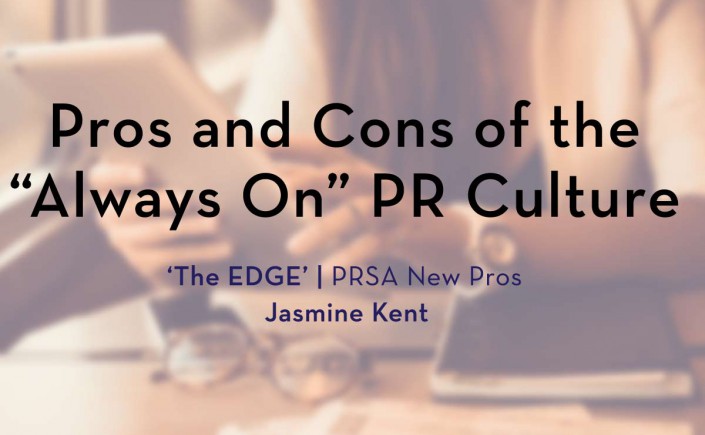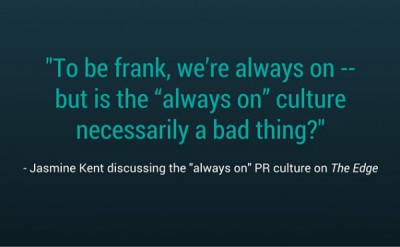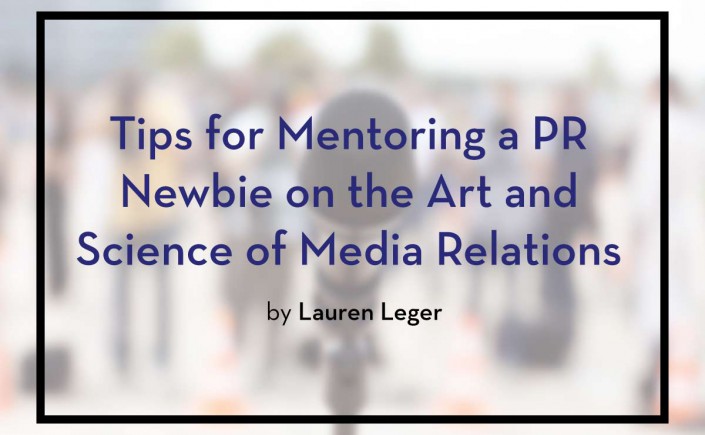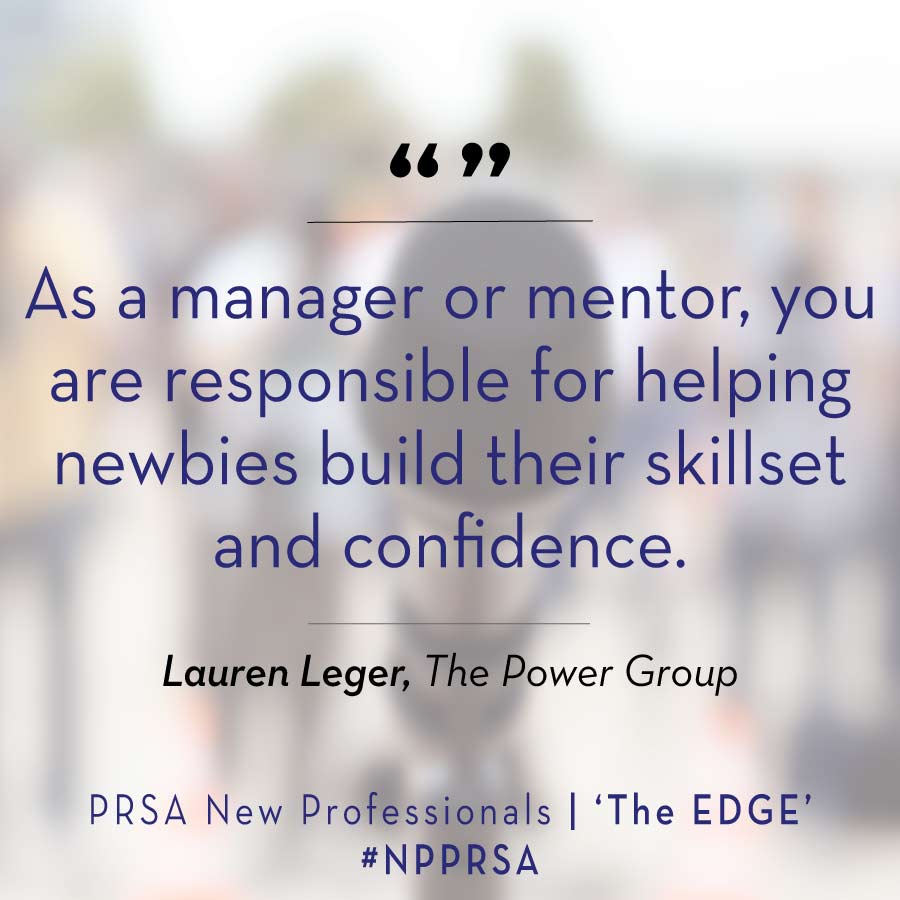Editor’s Note: The following post is part of the ongoing “What does diversity mean to you?” series on The Edge. This series provides insights into diversity and inclusion topics of value to new professionals. To help us champion diversity in PR and to write for the series, email our diversity liaison Henry Cervera Nique.
In a few months, I will have lived in Silicon Valley for a year. Although this tech hub is home to numerous startups and some of the most innovative minds, that doesn’t mean that it doesn’t have its fair share of problems. For years, companies across the nation – both big and small – are at a loss when it comes to hiring and retaining diverse talent. Don’t believe me? Just read this article, this article, this article and countless others. They do a good job at explaining the issue.
Whether you live here in the valley like I do, or out in the Midwest, here are three things you need to know about the diversity conversation:
1. Diversity is about more than just race
When individuals think of diversity, you may be quick to think white, black, native American and Hispanic/Latino and other race groups. Although our physical makeup is a part of what makes us unique, it is not the only thing that makes us diverse. In fact, Merriam Webster defines diversity as, “the condition of having or being composed of differing elements.”
Key takeaway: Look for opportunities to surround yourselves with others who may be different than you are. They may be a different race, from a different country, or are a part of different political party than you. Even though they may not share the same views, you will become better versed in a wide variety of topics, and may even make a friend or two in the process.
2. Diversity will continue to sit at the C-suite table
Although by no means a new trend, chief diversity officer and other similar titles are appearing more on senior leadership benches. Within the first few months of the year even, we have already seen Pinterest welcome Candice Morgan as head of diversity and Twitter name Jeffrey Siminoff as vice president of diversity and inclusion.
Key takeaway: If your company is making diversity a priority, it would be in your best interest to make it as a priority as well. Know your company’s goals and initiatives as they pertain to diversity. You may not be directly involved in the hiring of talent, but make an effort to befriend as many colleagues as you can. Who knows? You may someday be their manager.
3. Want to stand out? Learn more about other cultures.
For two years, I served a volunteer mission for my church in Barcelona, Spain. As soon as I stepped foot on Spanish ground, I knew the experiences that I would have would leave a lasting impact on my life. They did. I have also been very fortunate to visit the University of San Martin de Porres in Lima, Peru before finishing my term as PRSSA National vice president of public relations last year. I had the opportunity to give several different presentations on topics such as personal branding, my top ten tips for new PR professionals and of course, why they should join PRSA.
Key takeway: Do you need to travel in order to learn about another culture? No. Does it help? Yes, but it is not the be all end all. Paula Caligiuri, professor of international business and strategy at Northeastern University, said, “Culturally agile professionals are not necessarily those with the greatest number of frequent fly miles or passport stamps. Developing culturally agility is more of an active process requiring learning in a novel context with opportunities to practice new culturally appropriate behaviors, make some mistakes, receive feedback and question one’s own assumptions.”
Diversity isn’t just an issue here in Silicon Valley. I encourage all to take the time to understand what diversity truly means, notice how companies are making it a priority and make the effort to be more culturally minded.
Ethan Parry is an account coordinator at Eastwick Communications. He served as the 2014–2015 PRSSA National vice president of public relations. He is a member of the PRSA Silicon Valley Chapter and PRSA National New Professionals Section. He currently serves as the public relations chair for the Social Media Club San Francisco Chapter. Connect with Ethan on Twitter, through his LinkedIn page or by emailing him.

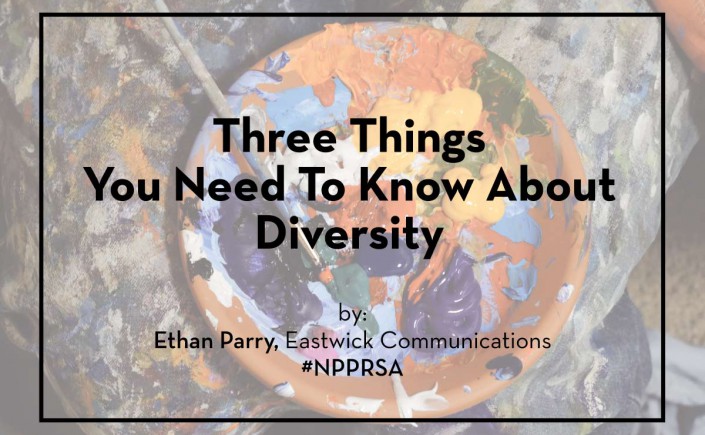
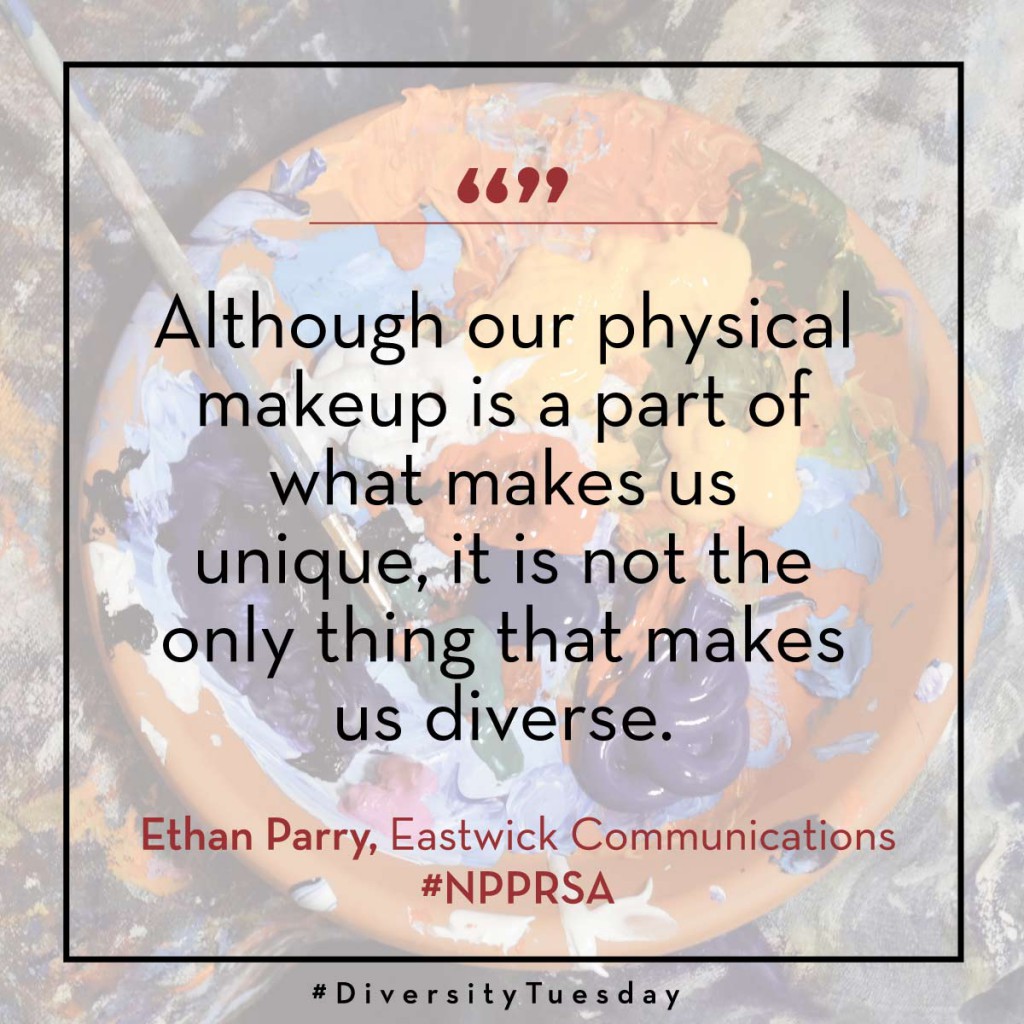
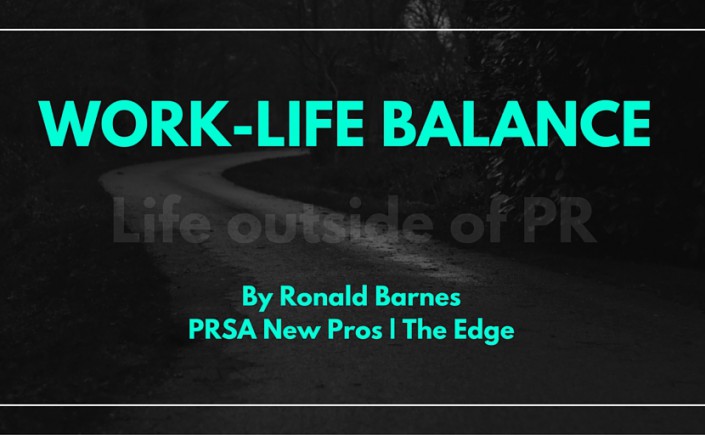
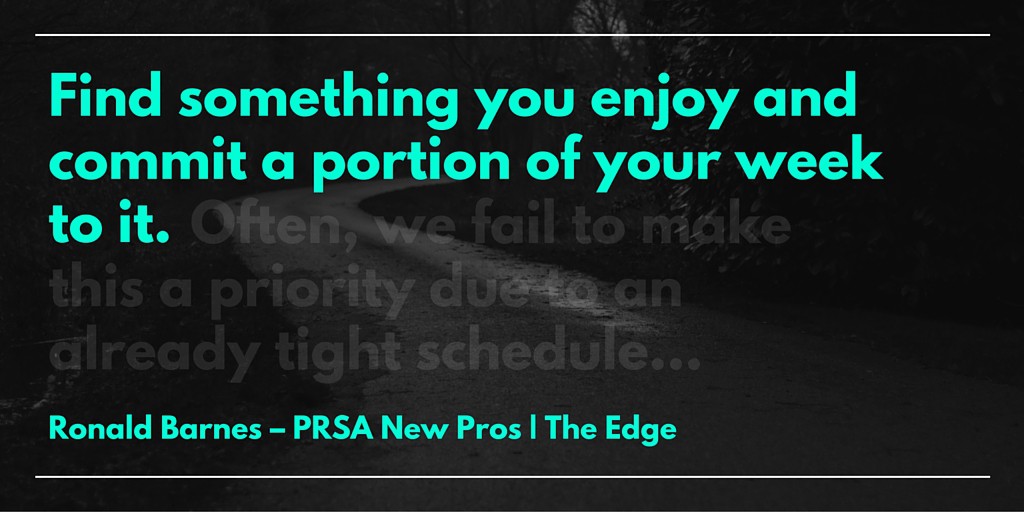 5.) Balance: Find something you enjoy and commit a portion of your week to it. Often, we fail to make this a priority due to an already tight schedule, but creating a window of time for yourself, and sticking to it, can create a more balanced you. For me, I enjoy riding my skateboard a few times a week, as it is the perfect solution to creating that balance we all strive for. Plus, it allows me to be outside and relax. How do you balance your hectic life? If you have any of your own tips for balancing work and family life, we’d love to hear!
5.) Balance: Find something you enjoy and commit a portion of your week to it. Often, we fail to make this a priority due to an already tight schedule, but creating a window of time for yourself, and sticking to it, can create a more balanced you. For me, I enjoy riding my skateboard a few times a week, as it is the perfect solution to creating that balance we all strive for. Plus, it allows me to be outside and relax. How do you balance your hectic life? If you have any of your own tips for balancing work and family life, we’d love to hear!
